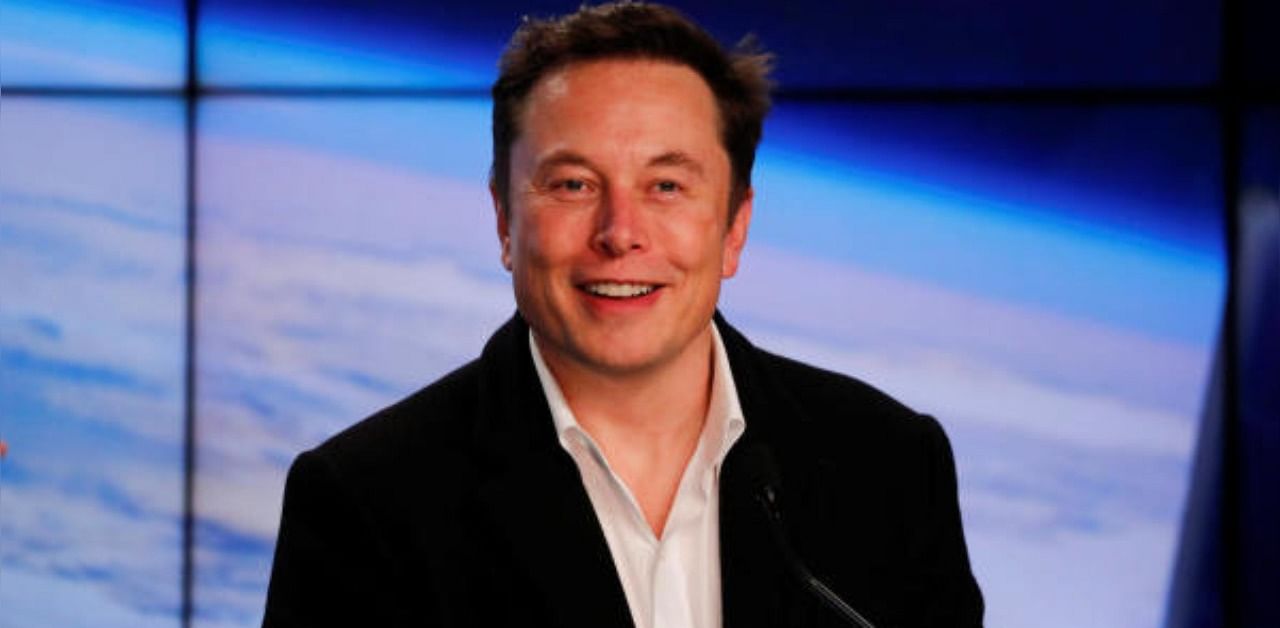
Billionaire entrepreneur Elon Musk's neuroscience startup Neuralink on Friday unveiled a pig that has had a coin-sized computer chip in its brain for two months, demonstrating an early step toward the goal of curing human diseases with the same type of implant.
Co-founded by Musk in 2016, San Francisco-based Neuralink aims to implant wireless brain-computer interfaces that include thousands of electrodes in the most complex human organ to help cure neurological conditions like Alzheimer's, dementia and spinal cord injuries and ultimately fuse humankind with artificial intelligence.
"An implantable device can actually solve these problems," Musk said on a webcast Friday, mentioning ailments such as memory loss, hearing loss, depression and insomnia.
But Musk said the focus of Friday's event was recruiting.
"We're not trying to raise money," Musk said. "We're trying to convince great people to come work at Neuralink."
Musk has a history of bringing together diverse experts to drastically accelerate the development of innovations previously limited to academic labs, including rocket, hyperloop and electrical vehicle technologies through companies such as Tesla Inc and SpaceX.
Neuralink has received $158 million in funding, $100 million of which came from Musk, and employs roughly 100 staff members, according to LinkedIn data.
During a Neuralink presentation in July 2019, Musk said the company was aiming to receive regulatory approval to implant its device in human trials by the end of this year. Beyond healthcare, Musk, who frequently warns about the risks of artificial intelligence, has said the implant would "secure humanity's future as a civilization relative to AI."
Musk described Neuralink's sensor, which is roughly eight millimeters (three-tenths of an inch) in diameter, or smaller than a fingertip, as "a Fitbit in your skull with tiny wires."
With the help of a sophisticated robot, flexible threads or wires smaller than a human hair are implanted in brain areas responsible for motor and sensory functions while the recipient is under only local anesthesia. The device is removable, Musk said.
Neuroscience experts said that while Neuralink's mission to read and stimulate brain activity in humans is feasible, the company's timeline appeared overly ambitious.
"Everyone in the field would be very impressed if they actually showed data from a device implanted in a human," said Graeme Moffat, a University of Toronto neuroscience research fellow.
Small devices that electronically stimulate nerves and brain areas to treat hearing loss and Parkinson's disease have been implanted in humans for decades.
Neuroscientists have also conducted brain implant trials with a small number of people who have lost control of bodily functions due to spiral cord injuries or neurological conditions like strokes. Humans in those trials could control robotic limbs or small objects, like a computer keyboard or mouse curser, but have yet to complete more sophisticated tasks.
Most of the current cutting-edge research in brain-machine interface is conducted on animals, scientists note, with safety challenges and lengthy regulatory approval procedures preventing larger human trials.
Brain-machine interface science has had a surge in investment activity over in recent years with startups such as Kernel, Paradromics and NeuroPace trying to exploit advancements in material, wireless and signaling technology.
The field also includes established medical device maker Medtronic PLC, which produces brain implants to treat Parkinson's disease, essential tremors, epilepsy and other conditions.
But scientists still face a range of issues, including preventing tissue scarring around the implant, the quality of measurements and the development of machine-learning algorithms to interpret brain signals, said Amy Orsborn, an assistant professor at the University of Washington who researches neural interfaces.
"I don't think we know what the magic bullet is, we only know the problem," Orsborn told Reuters.